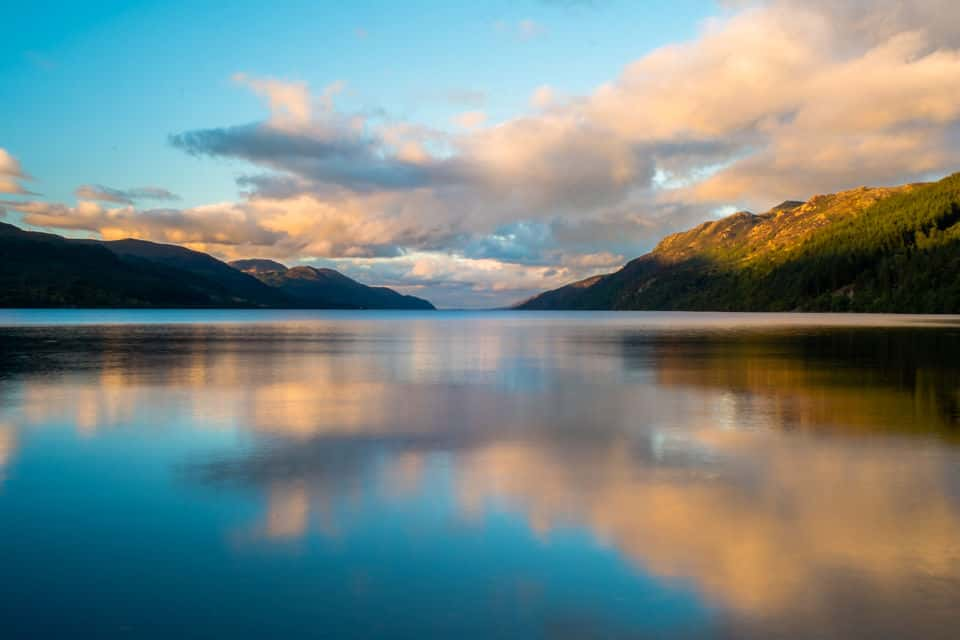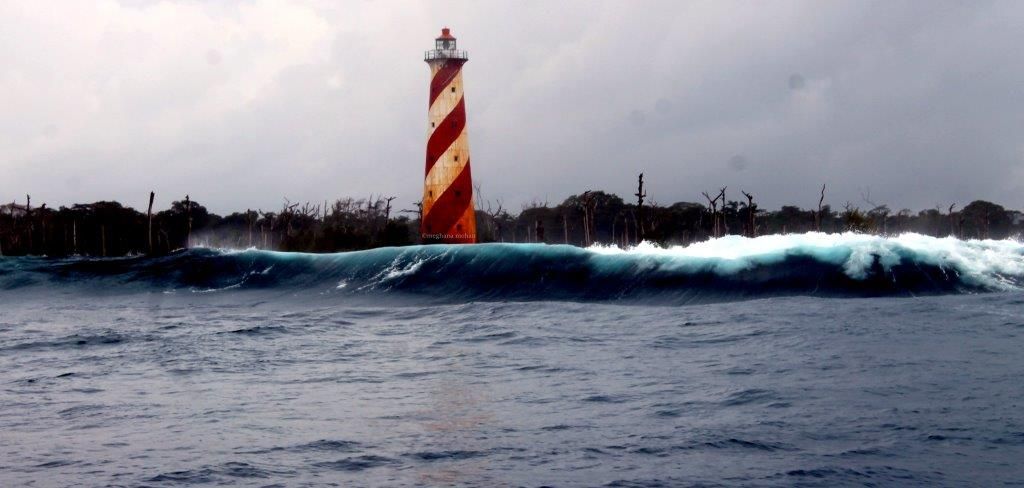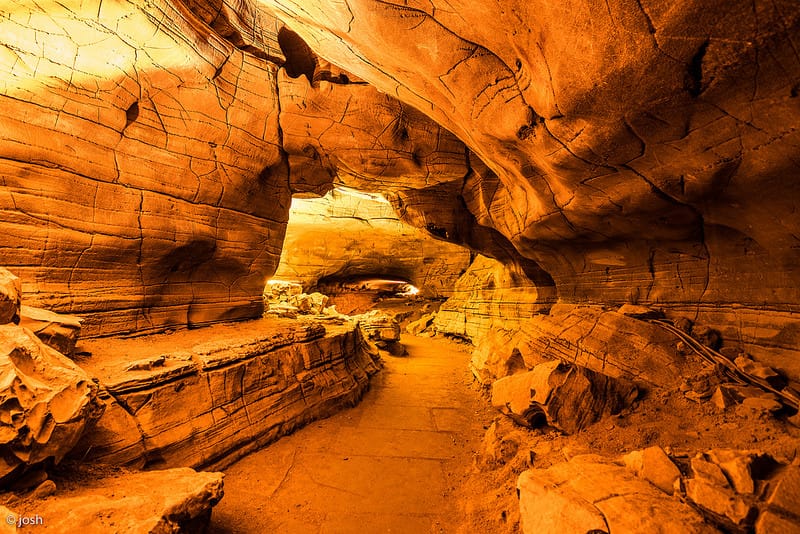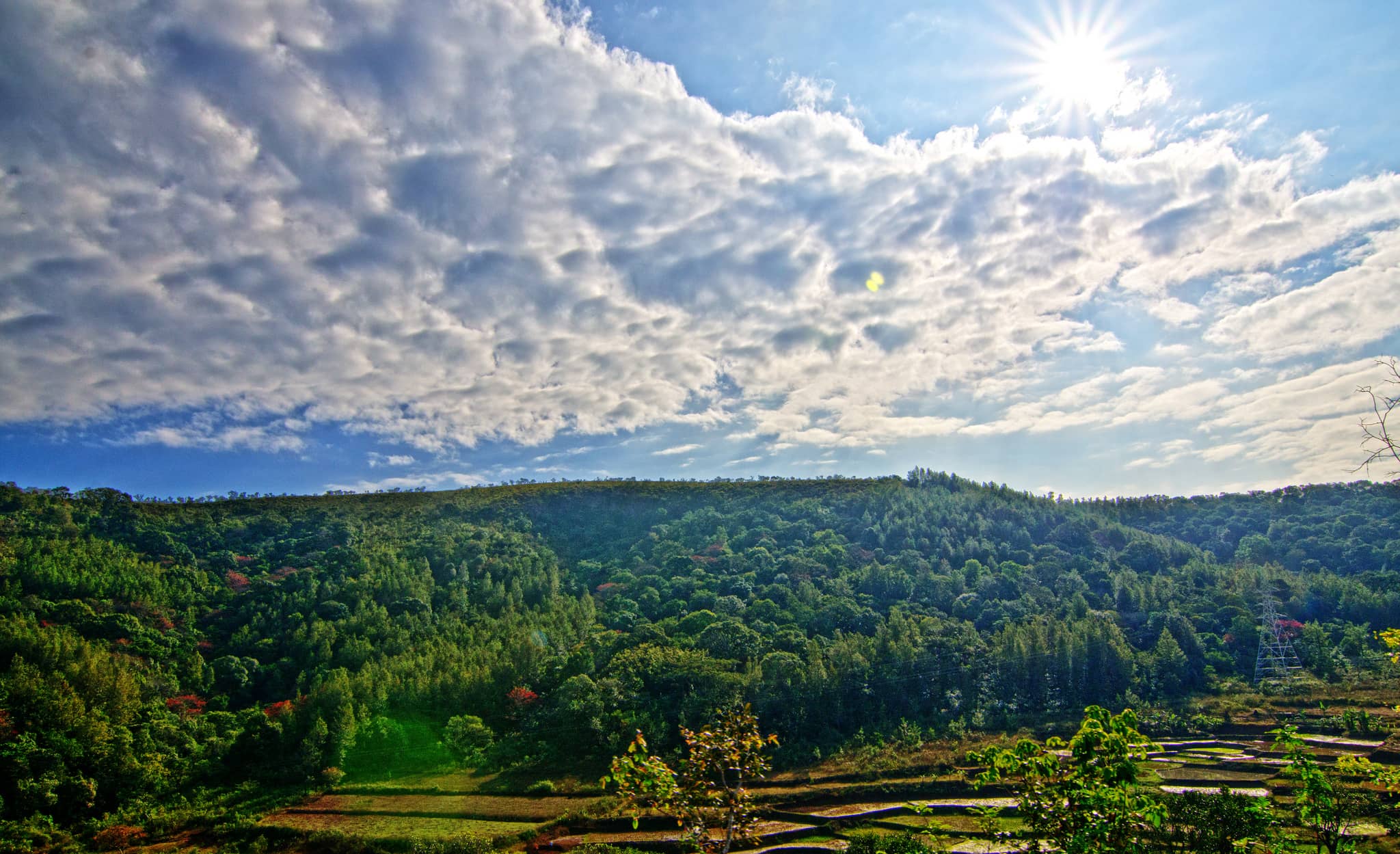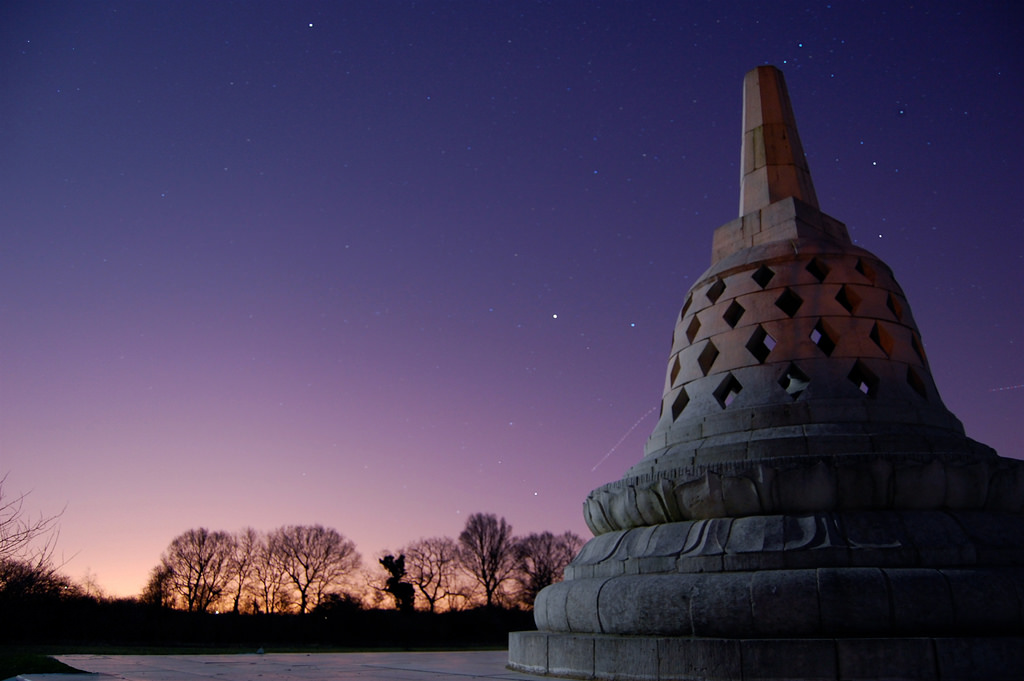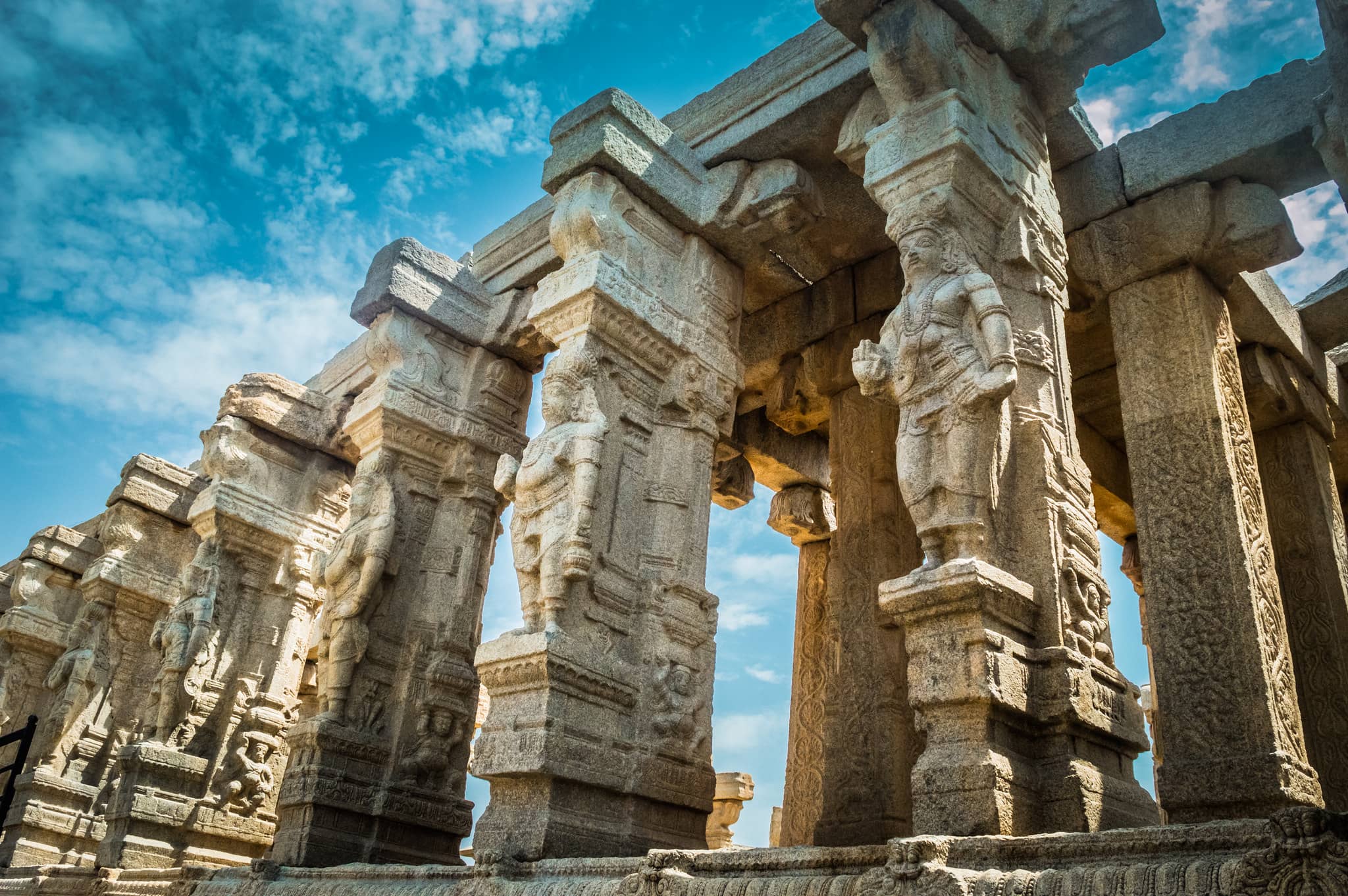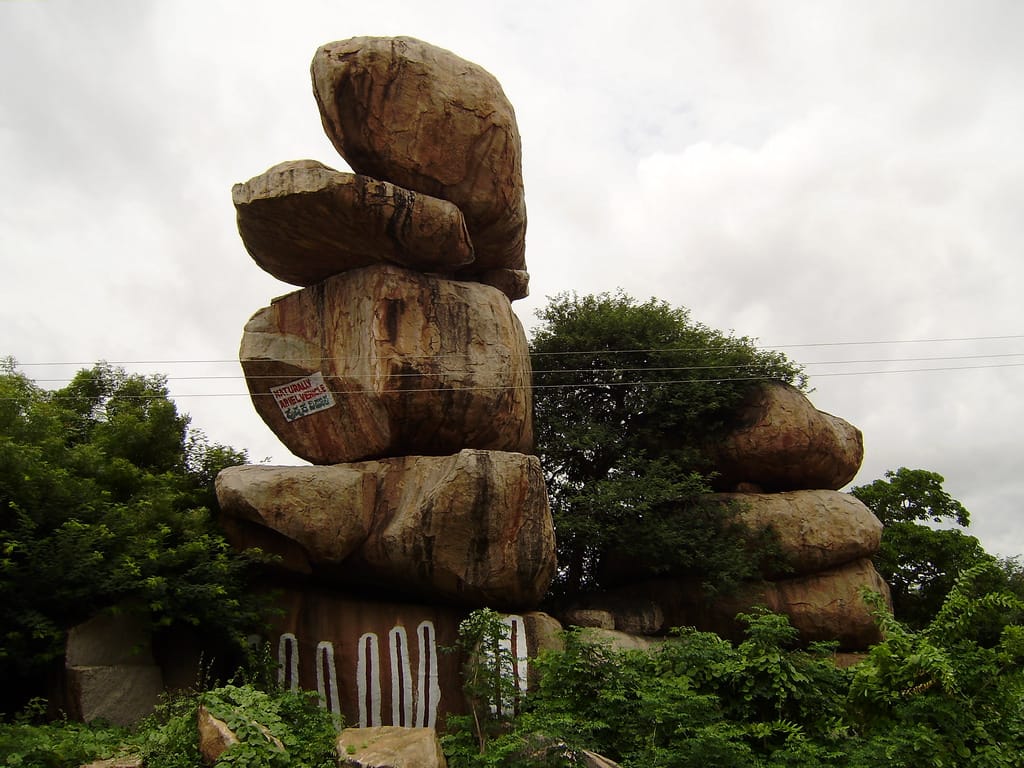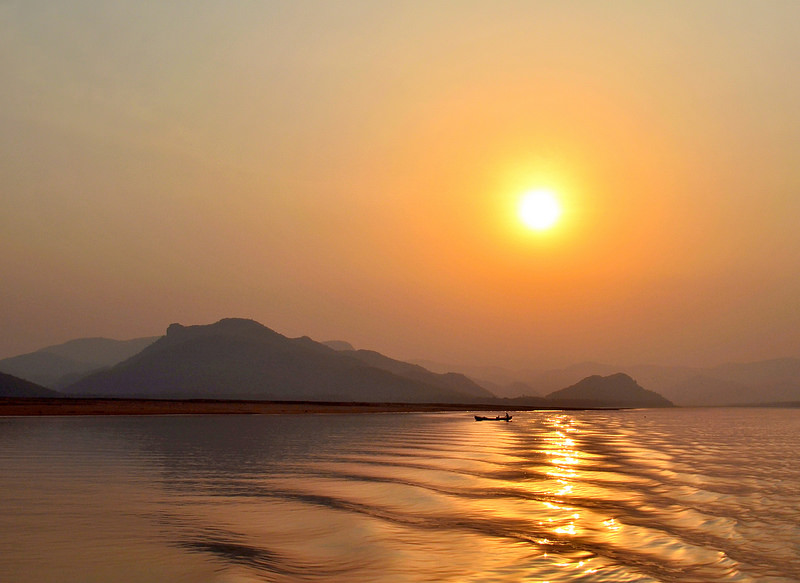Loch Ness is one of the most famous and mysterious lakes in the world. It’s located in the beautiful Scottish Highlands and stretches about 23 miles long, reaching depths of up to 755 feet. While the lake is known for its natural beauty, it’s also famous for the legend of the Loch Ness Monster, often called “Nessie.” But there’s more to Loch Ness than just the mystery—it’s a place full of rich history, interesting geology, and diverse wildlife.
How Loch Ness Was Formed
To understand Loch Ness, we have to look at how it was formed. Like many other lakes in Scotland, Loch Ness was created by huge glaciers during the last Ice Age. As these glaciers moved, they carved deep valleys into the land. When the ice melted, water filled these valleys, forming lakes like Loch Ness. The shape of the loch—long and narrow—was also shaped by a geological fault line called the Great Glen Fault. The dark, cloudy water is partly due to the surrounding peat bogs, which release natural substances called tannins into the water. This murky appearance has helped fuel tales of hidden creatures living in the depths.
The Legend of the Loch Ness Monster
The most famous story from Loch Ness is about Nessie, the legendary creature said to live in the lake. People have claimed to see something strange in the water for centuries, but the modern legend began in 1933. That year, a couple reported seeing a large creature crossing the road and disappearing into the lake. Since then, there have been many reported sightings, photographs, and sonar scans—though none have provided clear proof. Some believe Nessie might be a leftover dinosaur, like a plesiosaur, or a big fish such as a sturgeon. Others think it’s all just a mix of natural events, tricks of light, and people’s imaginations. Still, the mystery keeps drawing visitors and researchers from all over the world.
Wildlife and Nature Around the Loch
Loch Ness is home to many different plants and animals. The lake supports several species of fish like salmon, trout, and perch, which attract anglers from near and far. These fish also raise questions about whether a creature like Nessie could survive in the loch by feeding on them. The area around the lake is filled with green forests, hills covered in heather, and many types of plants. It’s also a great place for birdwatching—you might spot ospreys or golden eagles flying above the loch.
History of the Area
Loch Ness is surrounded by places full of historical importance. Old castles, ancient ruins, and nearby villages all tell stories of Scotland’s past. One well-known landmark is Urquhart Castle, which has stood watch over the loch for hundreds of years. This history, combined with the mystery of Nessie, makes Loch Ness a place of deep cultural and historical interest.
Protecting Loch Ness
Today, efforts are being made to protect Loch Ness and its environment for the future. Environmental groups and scientists are working to monitor the health of the water, protect animals, and promote eco-friendly tourism. One way people can enjoy the area without harming it is by hiking the Great Glen Way, a scenic trail that follows the Caledonian Canal. Ongoing scientific studies also help us learn more about Loch Ness and how to care for it properly.
Cultural Influence
Loch Ness has had a big impact on Scottish culture and beyond. From ancient stories about water spirits to modern-day Nessie tales, the loch has inspired artists, writers, musicians, and filmmakers. Nessie, in particular, has become a global icon—appearing in movies, books, cartoons, and even tourism ads. The legend of the Loch Ness Monster continues to capture imaginations worldwide, making Loch Ness not just a natural wonder but a symbol of mystery and storytelling.
places to visit in Loch Ness
Urquhart Castle
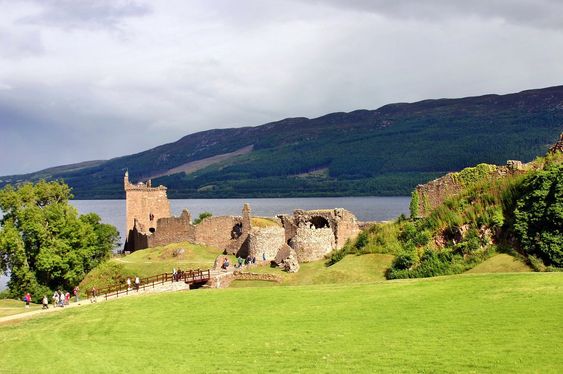
Urquhart Castle is located near the town of Inverness and is easy to reach by car. It’s open to visitors and is a popular stop for people exploring the Scottish Highlands. The castle was built in the 1200s and played an important role during the Wars of Scottish Independence. Over the years, it changed hands many times between the Scots and the English.
Caledonian Canal

The Caledonian Canal was first built for transportation, but today it’s also an important part of Scotland’s history and scenery. It helps with both trade and tourism, supporting the local economy. The canal was designed by Scottish engineer Thomas Telford. Construction began in 1803 and finished in 1822. It gave ships a safer and shorter route between Scotland’s east and west coasts, avoiding the dangerous waters in the north.
Falls of Foyers
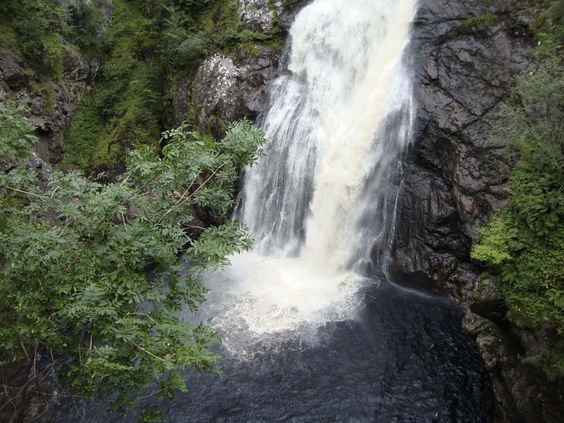
The Falls of Foyers is a beautiful waterfall that offers stunning views—perfect for nature lovers and photographers. Visitors can enjoy the sights and sounds of rushing water while surrounded by the peaceful landscape of the Scottish Highlands. This spot has attracted visitors for many years. Even the famous Scottish poet Robert Burns wrote about it in the 19th century.
Loch Ness Centre & Exhibition

The Loch Ness Centre is a popular stop for tourists exploring the area. It’s easy to get to by road and offers visitors a chance to learn about the history and legends of Loch Ness, including the famous Nessie. The exhibition also explores how the Loch Ness Monster became such a well-known story around the world.
The Clansman Centre

The Clansman Centre is found on the Isle of Skye, which you can reach by car and ferry. It’s a favorite spot for people wanting to explore the island’s culture and history. The centre often hosts events and workshops that are perfect for families and school groups who want to learn more about traditional Scottish life.
Falls of Divach
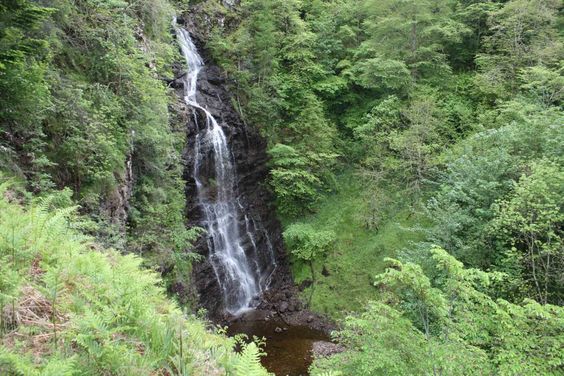
The Falls of Divach is located just a short walk from the village of Drumnadrochit. A well-maintained path leads to a viewing area where visitors can see the waterfall. The area is peaceful, surrounded by green trees and plants, creating a calm and relaxing setting. It’s a great spot to enjoy nature and the beauty of the Highlands.
Meall Fuar-mhonaidh
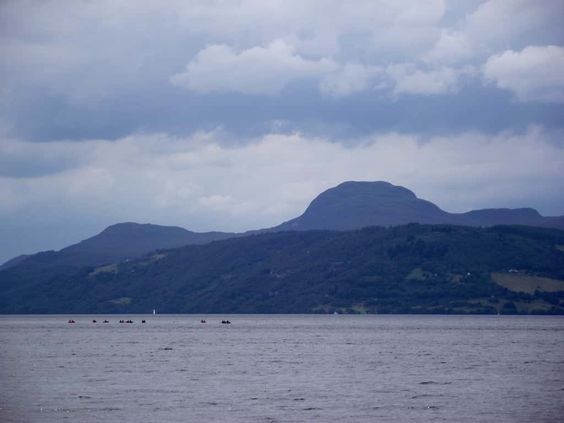
Meall Fuar-mhonaidh is a popular hill for hiking. It’s easy to get to by car, with parking available at the bottom. The walking trails are clearly marked, and people of most fitness levels can enjoy the climb. The hike is considered moderate, and the views from the top are worth the effort.
Loch Duntelchaig
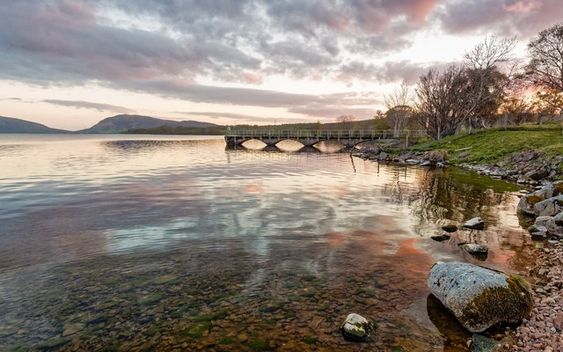
Loch Duntelchaig is known for its peaceful beauty. Surrounded by rolling hills, moorlands, and woodlands, it’s a quiet and scenic place to relax. The still water reflects the landscape, making it a great spot for photos. It’s easy to reach by car from Inverness and is a great choice for a short trip or part of a Highland tour.
Loch Mhòr
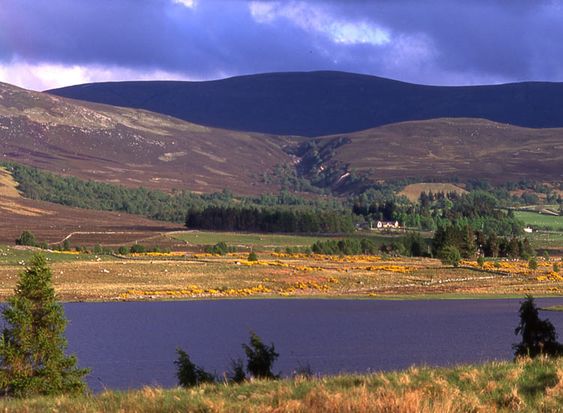
Loch Mhòr is another beautiful and peaceful place in the Highlands. The area features hills covered in heather and open moorland. The calm surface of the loch often reflects the sky, creating stunning views. Though it’s a bit remote, it can still be reached by road. Small nearby villages offer places to stay and basic facilities.
Loch Ruthven
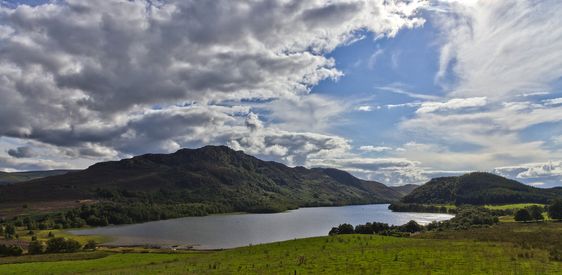
Loch Ruthven is surrounded by wild moorland and heather-covered hills, offering lovely views—especially in spring and summer. It’s a great place for nature lovers and photographers. The area is quiet and not heavily developed for tourism, so getting there usually involves driving on narrow, winding roads. Parking and viewing spots may be limited, but the peaceful atmosphere makes it worth the trip.
Best Time to Visit Loch Ness
The best time to visit Loch Ness depends on what you’re interested in doing. This beautiful and mysterious place offers different experiences in each season. Here’s a look at what summer is like so you can decide if it’s the right time for your trip:
Summer (June to August)
- Weather:
Summer is the warmest time of year at Loch Ness. Temperatures usually range between 15°C and 20°C (59°F to 68°F), and there’s less rain compared to other seasons. - Daylight:
The days are long, and the sun doesn’t set until late in the evening. That means you’ll have more time to enjoy outdoor activities. - Things to Do:
Summer is perfect for hiking, taking boat trips on Loch Ness, and exploring nearby towns and attractions. It’s also a great time for having a picnic, enjoying nature, or trying out water sports.
